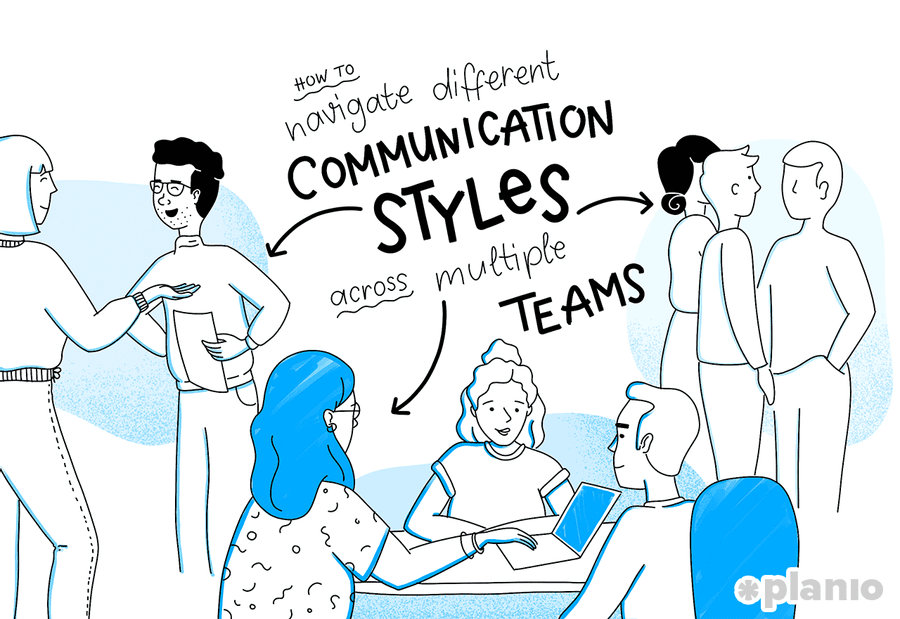Build a culture of Trust
Negative feedback is effective when it is coming from a trustworthy person.
If the person receiving the feedback is not validated first, he or she may feel threatened and stressed after a feedback session.
189
481 reads
CURATED FROM
IDEAS CURATED BY
Problem solver. Award-winning reader. Devoted food geek. Certified travel evangelist. Incurable explorer.
The idea is part of this collection:
Learn more about communication with this collection
Leonardo da Vinci's creative process
How to approach problem-solving like da Vinci
The importance of curiosity and observation
Related collections
Similar ideas to Build a culture of Trust
The Rules Of Social Gift Exchange
- Gift-giving is a moral act, with social consequences if done incorrectly. If one signals that he or she is not doing the ‘presents’ thing, the person is then banished from this formality.
- Receiving shoddy gifts with a warm 'thank you' is a part of the ritual based on pretentiousnes...
Shared beliefs of a culture bubble
It's not hard evidence that gives us our sense of certainty. Its the feedback of our peers that guides us to tell right from wrong.
We all have beliefs we feel passionate about. Perhaps it is that all animals deserve to be treated with compassion and respect. When someone ...
Build Trust
Influence is most often and most easily carried through trust: only when a co-worker trusts you will he or she be open to your influence.
The easiest way to do that is to be honest, no matter what. State your opinions, disclose your apprehensions, and don't keep secrets.
Read & Learn
20x Faster
without
deepstash
with
deepstash
with
deepstash
Personalized microlearning
—
100+ Learning Journeys
—
Access to 200,000+ ideas
—
Access to the mobile app
—
Unlimited idea saving
—
—
Unlimited history
—
—
Unlimited listening to ideas
—
—
Downloading & offline access
—
—
Supercharge your mind with one idea per day
Enter your email and spend 1 minute every day to learn something new.
I agree to receive email updates
